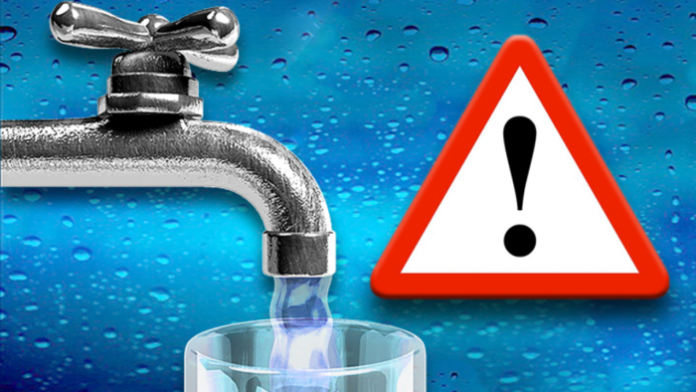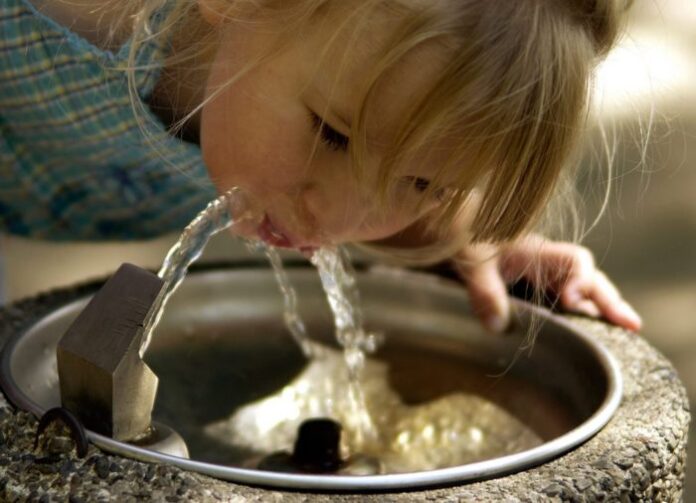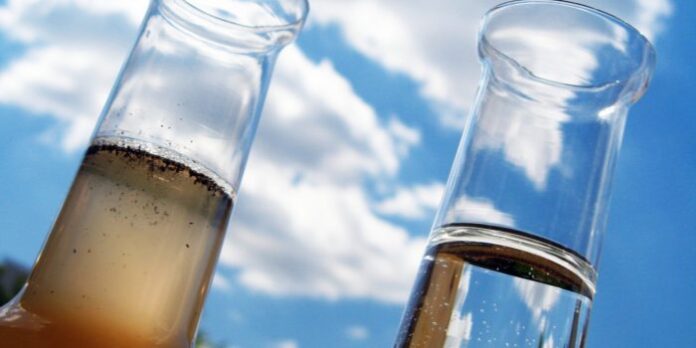In 2018, the Environmental Working Group (EWG) released a report based on their own research and unreleased EPA data that sounded the alarm on “forever chemicals” in the nation’s drinking water. These forever chemicals, so-called because they are resistant to breaking down in the environment over time, are used in everything from Teflon to industrial processes. Samples all across the nation showed that not only were these chemicals present but often the water was contaminated with six or seven different compounds at once.
But as 2024 opened up, the EWG released a follow-up report, alleging that things are much worse than they originally believed. Add to that the 2019 controversy over contaminated drinking water on US military bases, and the continuing saga of the Flint Michigan water crisis. As we look around the world we see that access to safe drinking water is increasingly becoming an issue, even in industrialized nations like the United States and South Africa.
But how does water become contaminated and what are the far reaching effects of contaminated water on public health?
How does water become contaminated?

When you think of contaminated water you may think about oil spills that coat the surface of the water in thick sludge or broken pipelines that contaminate groundwater. You may even imagine large industrial sites that open their spillways into local rivers. While both of these images are based in fact, they are not the most common source of the problem.
The most common sources of water pollution come from waste water and sewage read more on erizon.com.au. Untreated or improperly treated sewage is released into the sea, carrying with it a mixture of waterborne pathogens and microorganisms that are harmful to human health. Not only is the water itself dangerous to both humans and animals, the contaminants create a perfect breeding ground for other organisms that are harmful or that can carry infections into local populations. A good example is a mosquito, which thrives around stagnant water and carries malaria.
Industrial pollution and agricultural run-off are two of the other most common culprits. They are generally the source of what is known as nutrient poisoning. That is when a particular mineral or nutrient becomes too abundant in the water, poisoning it for most organisms but also creating an ideal environment for others. Algae blooms are a perfect example of nutrient poisoning. An overabundance of nitrogen or phosphorus creates an imbalance in the water that allows naturally occurring algae to grow unchecked. It chokes waterways, kills fish and other wildlife, and makes the water unsafe to drink.
Runoff from agriculture and lawns are at the heart of much of this problem. So too is outdated or crumbling infrastructure and improper disposal of waste. The use of fertilizers and pesticides in large quantities create streams of chemical laced water as rain whisks the excess into our waterways. Poorly managed livestock also contributes are also a major source of contamination. Poorly managed waste pits, overgrazing, and poorly run feeding operations all contribute to the problem.
What are the health risks associated with drinking contaminated water?

Without access to water all life stops. Having access to clean drinking water is essential to all human life. But, we know that more than two billion people on the planet do not have reliable access to safe, clean, drinking water. To understand the effects of that deprivation we don’t need to look farther than our own backyard.
Lack of access to clean drinking water can be linked to lowered IQ, poor health, restricted economic activities, infant mortality, and civil unrest as the increasing demand on limited resources creates conflict.
1. Mineral Poisoning
Lead poisoning from old, corroded pipes is a major concern for people living in cities with aging infrastructure. Lead poisoning leads to a host of intellectual and physical ailments, many of which won’t manifest until long after your exposure. Heavy metals such as arsenic, copper, cobalt, and cadmium are also frequently leached into the water system. These metals are often released into the water system by mining activities and can be exacerbated by the chemicals used in the mining process itself. Fortunately, excessive amount of lead in water can be removed by using water filters designed for lead. According to WaterFilterGuru’s lead water guide, an important criteria for buying a water filter is to check for lead certification, which is an indication that the water filter has been tested to remove lead.
2. Bacteria
Bacterial pollution is usually caused by improperly treated water or corrosion in the infrastructure that allows dangerous bacteria or mold to grow. Bacterial pollution can result in E.coli outbreaks as well as legionnaire’s disease.
How is water treated to be safe to drink?

Waste water generally goes through a prolonged process to ensure it’s safe for consumption or industrial use. The first, the pre-treatment phase is when all of the obvious, larger contaminants are picked out. This process uses a series of filters to remove most of the solid waste from the water. The primary treatment phase involves using a settlement tank to remove all of the particulates that, in time, will either float to the top or sink to the bottom. The next phase, or secondary phase, uses microorganisms to clean the water. Allowing these organisms, under tightly controlled conditions, to eat their way through the waste. The tertiary phase is an advanced filtration system that removes specific substances, nutrients, and any suspended particulates from the water. The last and final phase is the disinfectant phase, where bacteria, micro-organisms, and viruses are killed off before the water is released back into the environment.
Luckily, household water purifiers are becoming more common and accessible. Merus, for example, ran a case study showing how their product can treat against the usual infrastructural issues that cause water contamination in households. Products like this could become even more important in the future as water sources become less reliable.
How can you tell if your water isn’t being treated properly?

Water that smells bad, is discolored, or flammable are all obvious signs that something has gone wrong. If your fixtures begin to turn colors or you find mold growing in and around your tub, toilet, and sink you may have contaminated water. Unfortunately, many cases of poorly treated water aren’t discovered until somebody becomes very sick with an illness that can be traced back to the water specifically. Sometimes rashes, hair loss, upset stomach, and headaches are all signs that your water may be contaminated.
If you suspect that your water is contaminated, contact your local water authority immediately and have it tested. There are private labs that can also analyze your water samples. And be sure to let your doctor know about any suspicions that you may have so that they can run the appropriate tests.





![Calgary’s Hottest Neighborhoods for Luxury Homebuyers [2024]](https://thewashingtonote.com/wp-content/uploads/2024/04/Calgary-324x160.png)



